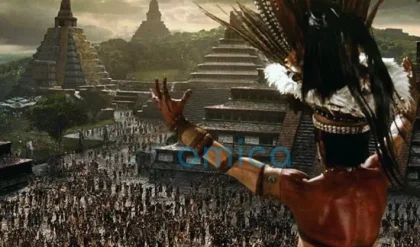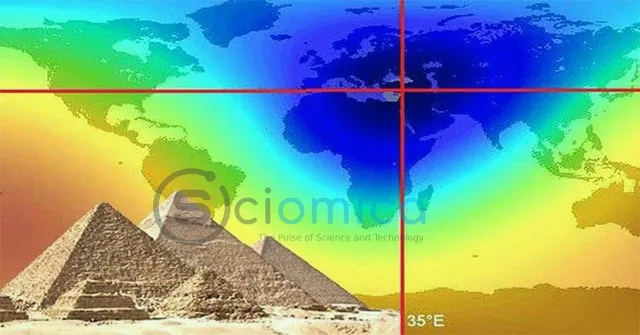
As one of the original Seven Wonders of the Ancient World, the Giza Pyramid has fascinated people for millennia.
The massive Great Pyramid was built for Pharaoh Khufu and completed around 2560 BC. It is the only one of the Seven Wonders that remains intact.
Located on the outskirts of Cairo, Egypt, the complex consists of 6 pyramids, including three towering pyramids (Khufu, Khafre, and Menkaure) and three smaller ones, plus the Great Sphinx, which attracts many tourists.
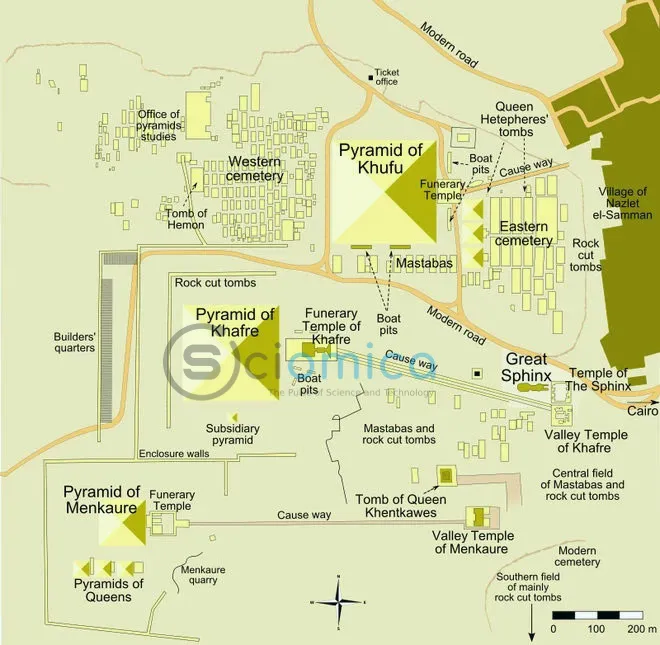
Even after thousands of years on Earth, the secrets of the pyramid remain largely undisclosed. It was constructed using 2.3 million blocks of tightly bonded stone weighing a total of 5.9 million tons. Each stone weighs between 2 and 30 tons, with some blocks even reaching 50 tons.
To this day, scientists still cannot comprehend how the ancient Egyptians transported and constructed such a massive structure. Additionally, the Giza pyramid complex presents geographical challenges that have left astronomers puzzled.
Located at the center of the Earth’s landmasses
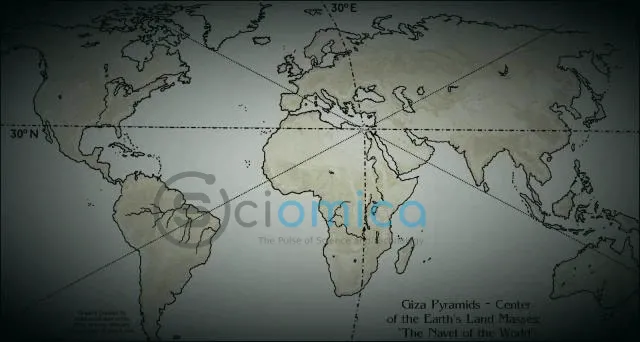
Many consider the Great Pyramid of Giza to be one of the oldest, greatest, and most perfect “scientific monuments” on Earth, created thousands of years ago.
It is not just an architectural and engineering marvel; it is also a geographical wonder because the Giza Pyramid is located at the intersection of the longest longitude and latitude in the world.
Aligned with the Orion constellation’s belt
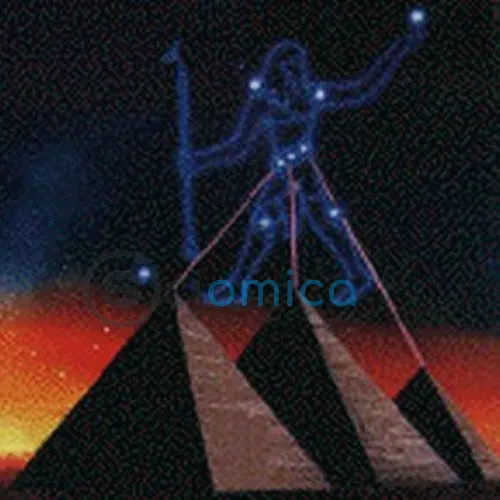
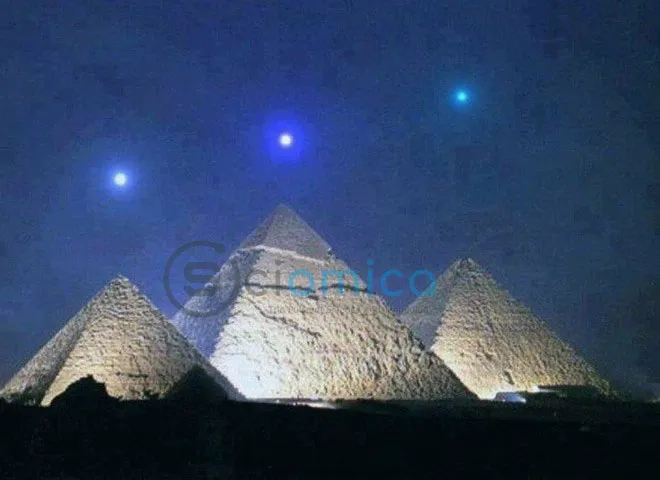
The three pyramids, Khufu, Khafre, and Menkaure, create a perfect line on the ground and also align perfectly with the three stars that form the Orion’s belt. This hypothesis was first proposed by Robert Bauval in 1983.
Computer models suggest that the Great Sphinx and the three pyramids at Giza correspond with the Orion belt around 10,450 BC.
American archaeologist and engineer Glen Dash proposed a simpler idea. His research suggests that the Egyptians, around 4,500 years ago, could have used the equinox points to achieve that perfect alignment.
The equinox is regarded as the time when the equatorial plane of the Earth passes through the center of the Sun’s disk, making day and night relatively equal in length, occurring twice a year (the Spring and Autumn equinoxes).
Previous measurements of equinoxes were considered a less accurate alignment method, but Glen Dash’s research has shown there could be a way to utilize equinoxes effectively – by using a gnomon, which is a sundial’s vertical pole.
To explore this, Glen Dash conducted his own experiment starting on the first day of the Autumn equinox in 2016, which fell on September 22. He used a gnomon to create a shadow.
The archaeologist tracked the shadow’s point over consistent intervals, forming a smooth curve joining the points. At the end of the day, by stretching a piece of string around the pole, he recorded two points on the curve and created a nearly perfect line running in the east-west direction.
This method is also known as the Indian Circle Method. See how it works in the image below:
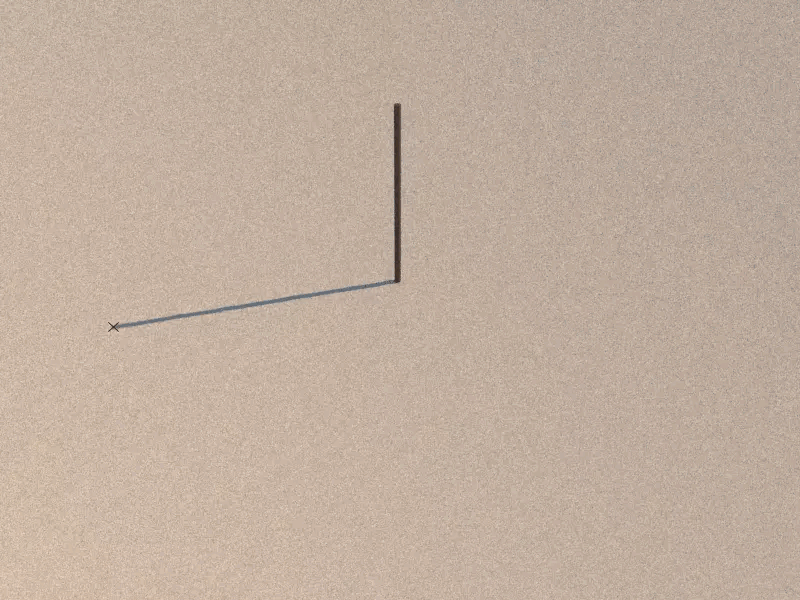
Glen Dash noted that the level of error is similar to the small discrepancies found in the alignment of the Khufu, Khafre, and Menkaure pyramids at Giza.
The experiment was conducted in Connecticut, USA, but Glen Dash stated that the same method would be effective in Egypt.
In fact, the ancient Egyptians would have needed to align the pyramids on a sunny, clear day, Glen Dash explained. He added that they may have calculated the equinox by counting 91 days from the solstice.
Although the American archaeologist’s research is dedicated to studying Egyptian pyramids and suggests that this technique might have been used for alignment, we still have no concrete evidence that the ancient Egyptians did so.
“Unfortunately, the Egyptians left us very few clues. There are no technical documents or architectural manuscripts explaining how the ancient Egyptians aligned any of their temples or pyramids,” Glen Dash wrote.
While we may never fully understand what truly happened, this hypothesis creates an interesting point – that something as simple as mapping shadows at the equinox could be sophisticated enough to arrange some of humanity’s most recognizable ancient structures.
The Triple Mystery
According to History.com, there exists a “Triple Mystery” in the world. There are three most mysterious locations on Earth: the Giza Pyramids, the “Silent Zone” in Mexico, and the Bermuda Triangle in the Atlantic Ocean, all lying on the same line.
The “Silent Zone” is known for its ability to disable all types of sound waves and communications. The Bermuda Triangle is famous for many mysterious disappearances of ships and planes.
The most accurate alignment to Earth’s North Pole
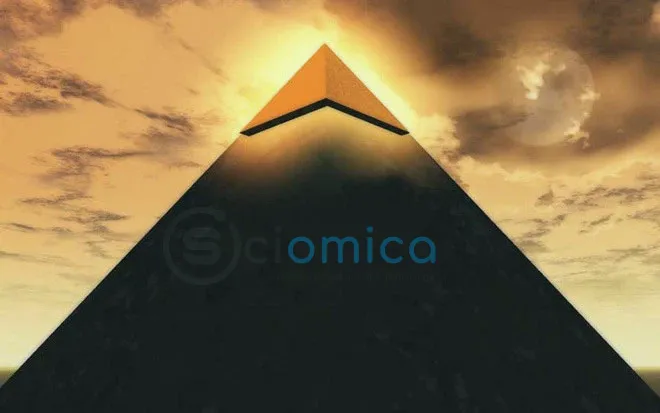
Another interesting fact is that the Giza Pyramid complex faces directly towards the true North Pole. This structure is aligned more accurately than any other building in the world.
Though built thousands of years ago, the pyramid is only off from the true North Pole by 0.05 degrees. This discrepancy is due to the North Pole’s shifting position over time. When completed, it pointed directly at this spot.



